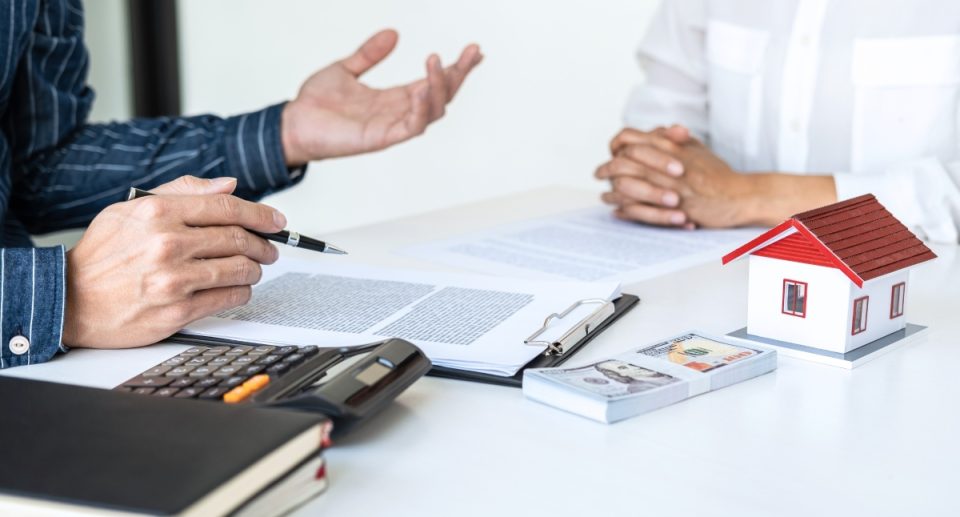Senior Safety: Tips for Preventing Falls and Injuries
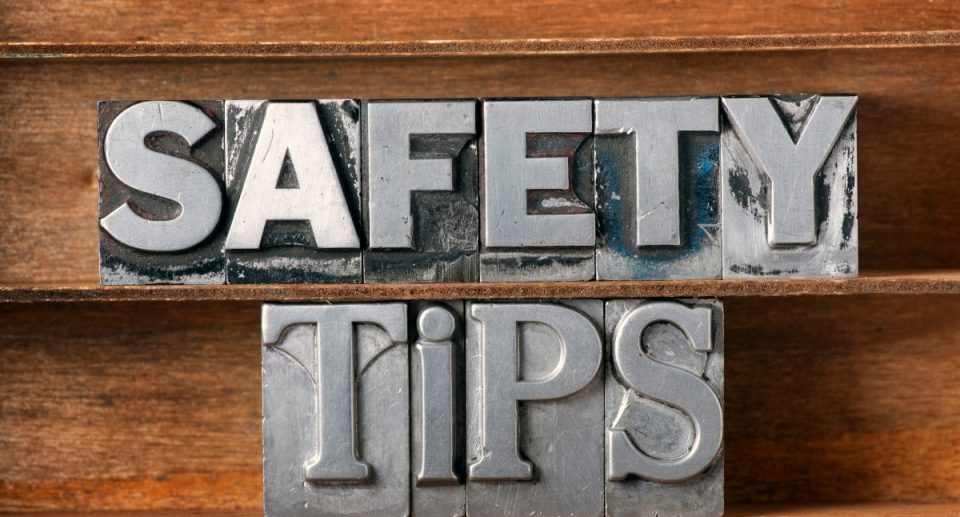
Falls are a significant concern for seniors, as they can lead to serious injuries and impact overall quality of life. Preventing falls and minimizing injury risk is crucial for maintaining independence and ensuring a safe living environment. Fortunately, seniors can use several effective strategies to enhance safety and prevent accidents. This comprehensive guide explores practical tips for preventing falls and injuries, ensuring a safer and more secure living environment.
Understanding Fall Risks
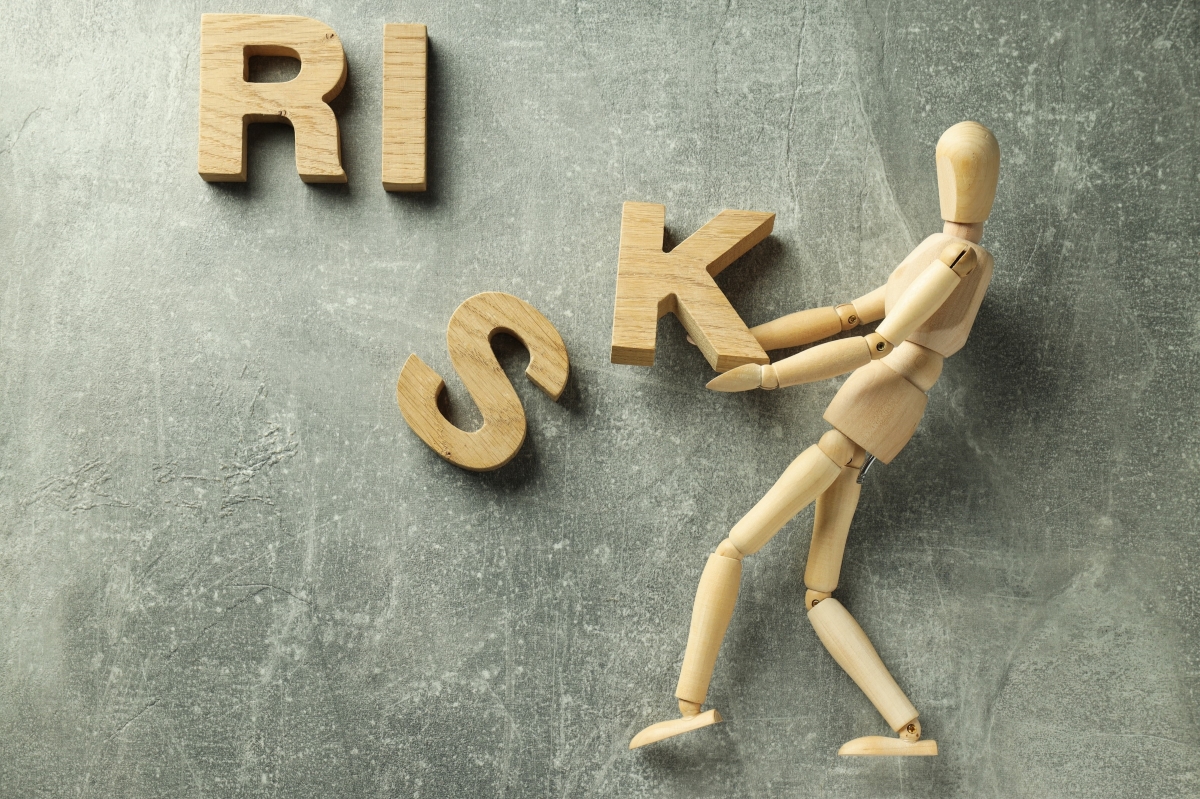
Before diving into prevention strategies, it’s important to understand the common causes of falls among seniors. Factors contributing to falls include:
- Environmental Hazards: Cluttered spaces, slippery floors, and poor lighting can increase the risk of falls.
- Medical Conditions: Chronic conditions such as arthritis, osteoporosis, and diabetes can affect balance and mobility.
- Medication Side Effects: Certain medications can cause dizziness or affect coordination, increasing the risk of falling.
- Muscle Weakness: Reduced muscle strength and flexibility can make it more challenging to maintain balance.
Home Safety Modifications
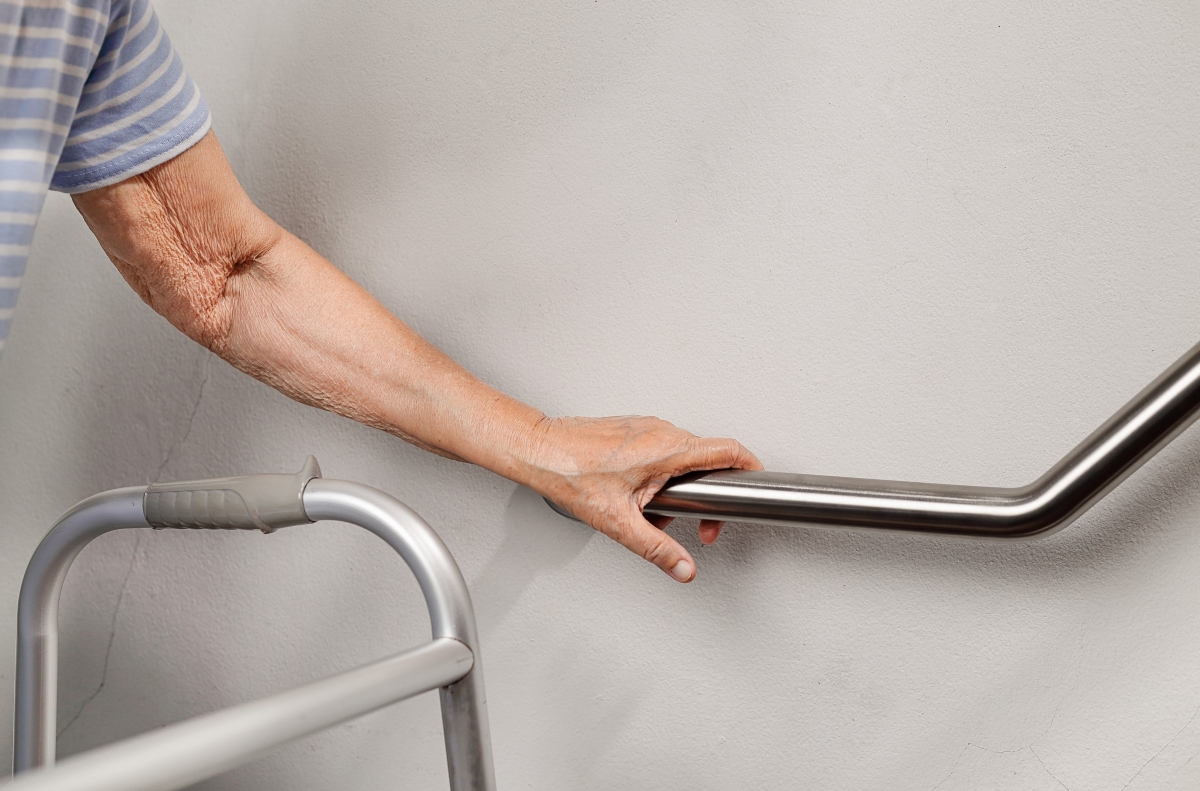
Making changes to your home environment can significantly reduce the risk of falls. Here are some key modifications to consider:
- Remove Tripping Hazards: Clean floors of clutter, electrical cords, and loose rugs. If you use rugs, ensure they have non-slip backing or secure them with double-sided tape.
- Install Grab Bars: To provide support and stability in the bathroom, place grab bars near the toilet, shower, and bathtub. Ensure they are securely installed and can support your weight.
- Improve Lighting: Ensure all areas of your home are well-lit, including hallways, staircases, and entryways. Use nightlights in bedrooms and bathrooms to illuminate pathways during the night.
- Use Non-Slip Mats: Place non-slip mats in the bathroom and kitchen to provide extra grip on slippery surfaces. Consider non-slip treads for stairs.
Enhancing Mobility and Balance

Maintaining good balance and mobility is crucial for preventing falls. Here are some tips to help enhance stability:
- Exercise Regularly: Engage in exercises that improve strength, balance, and flexibility. Walking, tai chi, and water aerobics can be beneficial. Consult with a healthcare provider or physical therapist for appropriate exercises.
- Footwear Matters: Wear shoes with non-slip soles that provide good support. Avoid walking in socks, slippers, or high heels, as they can increase the risk of slipping.
- Use Assistive Devices: If needed, use assistive devices such as canes, walkers, or mobility aids. Ensure they are properly fitted and used correctly. A physical therapist can help with proper use and fitting.
Medication Management

Managing medications carefully can help reduce the risk of falls related to medication side effects:
- Review Medications: Regularly review your medications with your healthcare provider. Discuss any potential side effects that might affect your balance or coordination.
- Follow Prescriptions: Take medications as prescribed and avoid altering doses without consulting your doctor.
- Monitor Side Effects: Be aware of any side effects, such as dizziness or drowsiness, and promptly report them to your healthcare provider.
Healthy Lifestyle Choices

Adopting a healthy lifestyle can contribute to overall safety and well-being:
- Stay Hydrated: Drink plenty of water to stay hydrated, as dehydration can lead to dizziness and balance issues.
- Eat a Balanced Diet: Maintain a diet rich in nutrients that support bone health, such as calcium and vitamin D. A balanced diet can also help maintain overall strength and energy levels.
- Avoid Alcohol: Limit alcohol consumption, as it can impair balance and coordination.
Emergency Preparedness
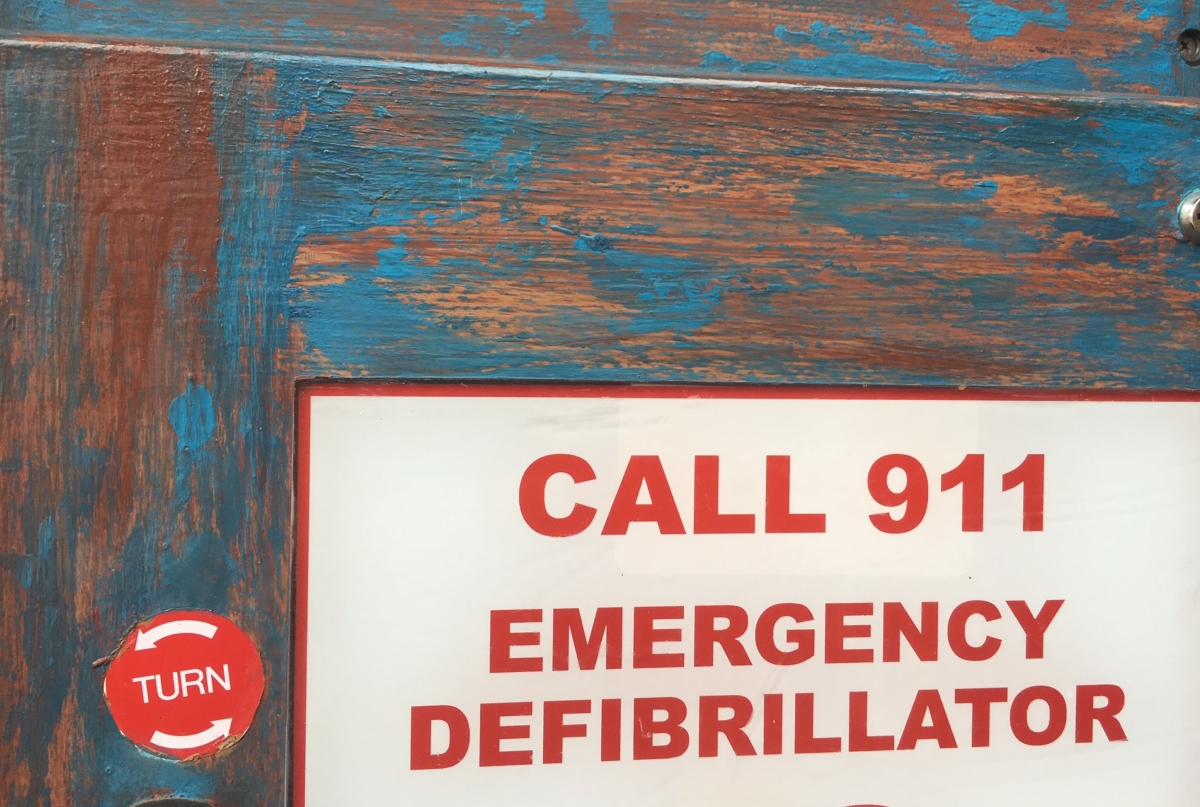
Being prepared for emergencies can help mitigate the effects of a fall or injury:
- Emergency Contacts: Keep a list of emergency contacts, including family members, friends, and healthcare providers, that is easily accessible. Ensure that a phone is always within reach.
- Medical Alert Systems: Consider using a medical alert system that can quickly connect you to emergency services if you fall or need assistance. These systems often include wearable devices with an easy-to-press button.
- Fall Prevention Education: Educate yourself and your family members about fall prevention strategies and emergency procedures. Knowing what to do in case of a fall can significantly affect outcomes.
Regular Health Check-Ups
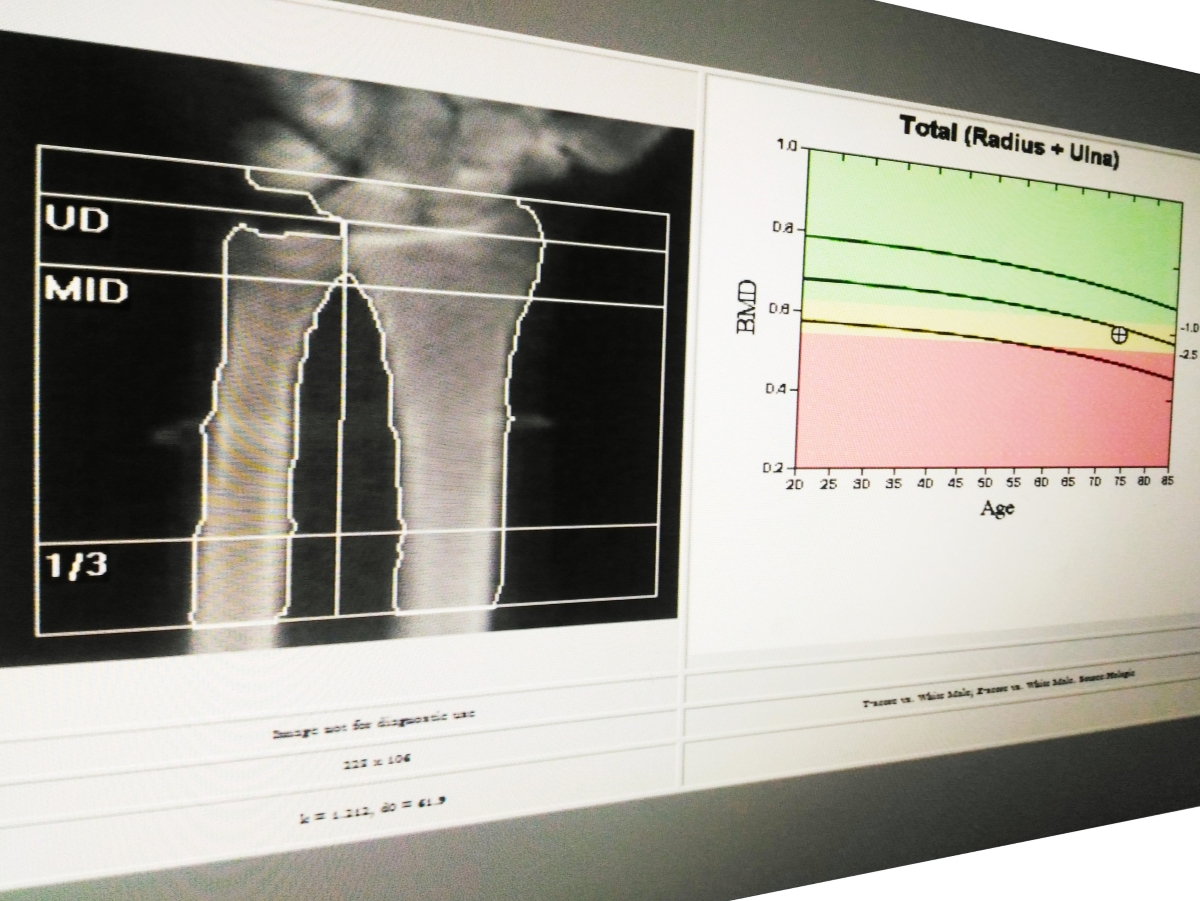
Regular health check-ups can help identify and address potential fall risks:
- Vision and Hearing: Schedule regular eye and hearing exams to ensure that vision and hearing impairments do not contribute to falls. Properly fitted glasses and hearing aids can improve balance and awareness of your surroundings.
- Bone Density Testing: If you have osteoporosis or are at risk, consider bone density testing to assess bone health. Follow your doctor’s recommendations for managing osteoporosis.
Community Resources and Support
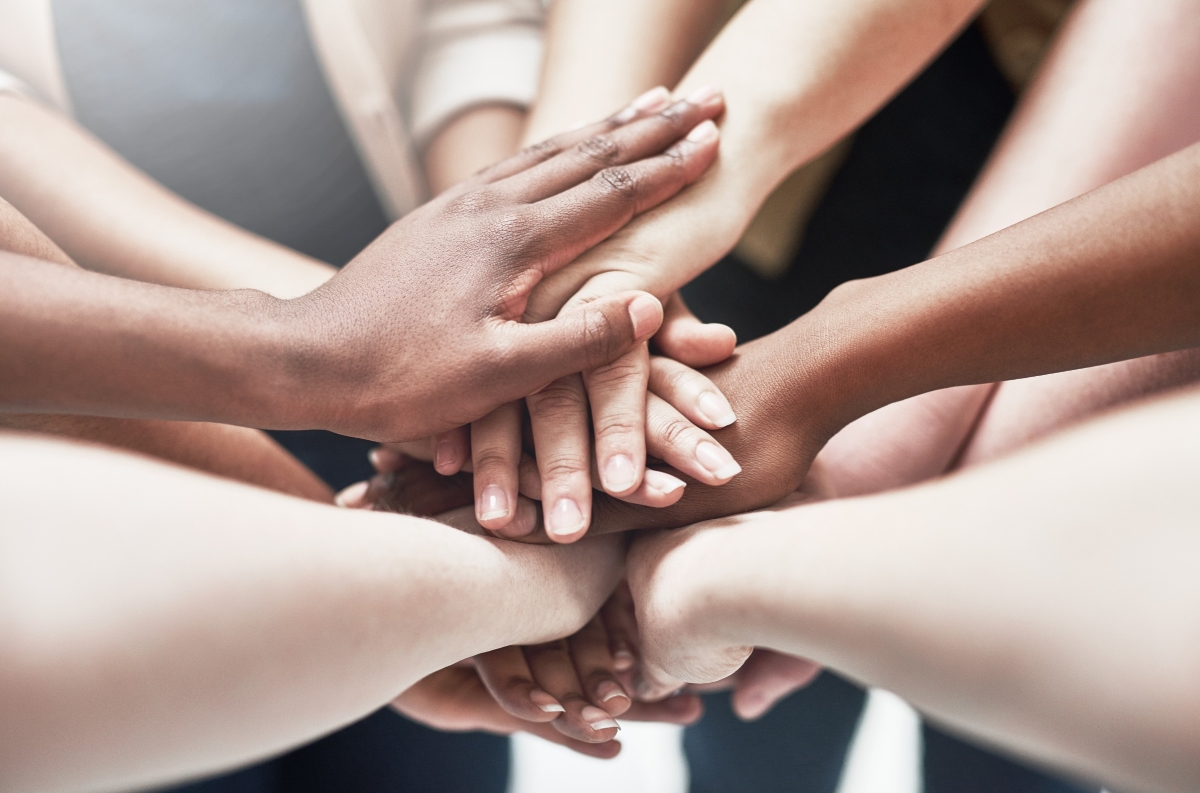
Several community resources and programs can offer additional support and assistance:
- Fall Prevention Programs: Look for local fall prevention programs or workshops that offer education and practical tips for reducing fall risks. Senior centers, community organizations, or healthcare facilities often provide these programs.
- Senior Centers: Many senior centers offer fitness classes, balance training, and educational workshops on fall prevention. Participating in these activities can help improve strength and balance while providing social opportunities.
- Home Safety Assessments: Some organizations offer home safety assessments, where professionals evaluate your living environment and provide recommendations for fall prevention.
Conclusion
Preventing falls and injuries is crucial to maintaining safety and independence as a senior. Seniors can significantly reduce their risk of falls and related injuries by implementing home safety modifications, enhancing mobility and balance, managing medications, making healthy lifestyle choices, and preparing for emergencies. Additionally, community resources and regular health check-ups can provide further support and ensure a safer living environment. Embracing these strategies can help seniors enjoy a higher quality of life with greater confidence and security.

